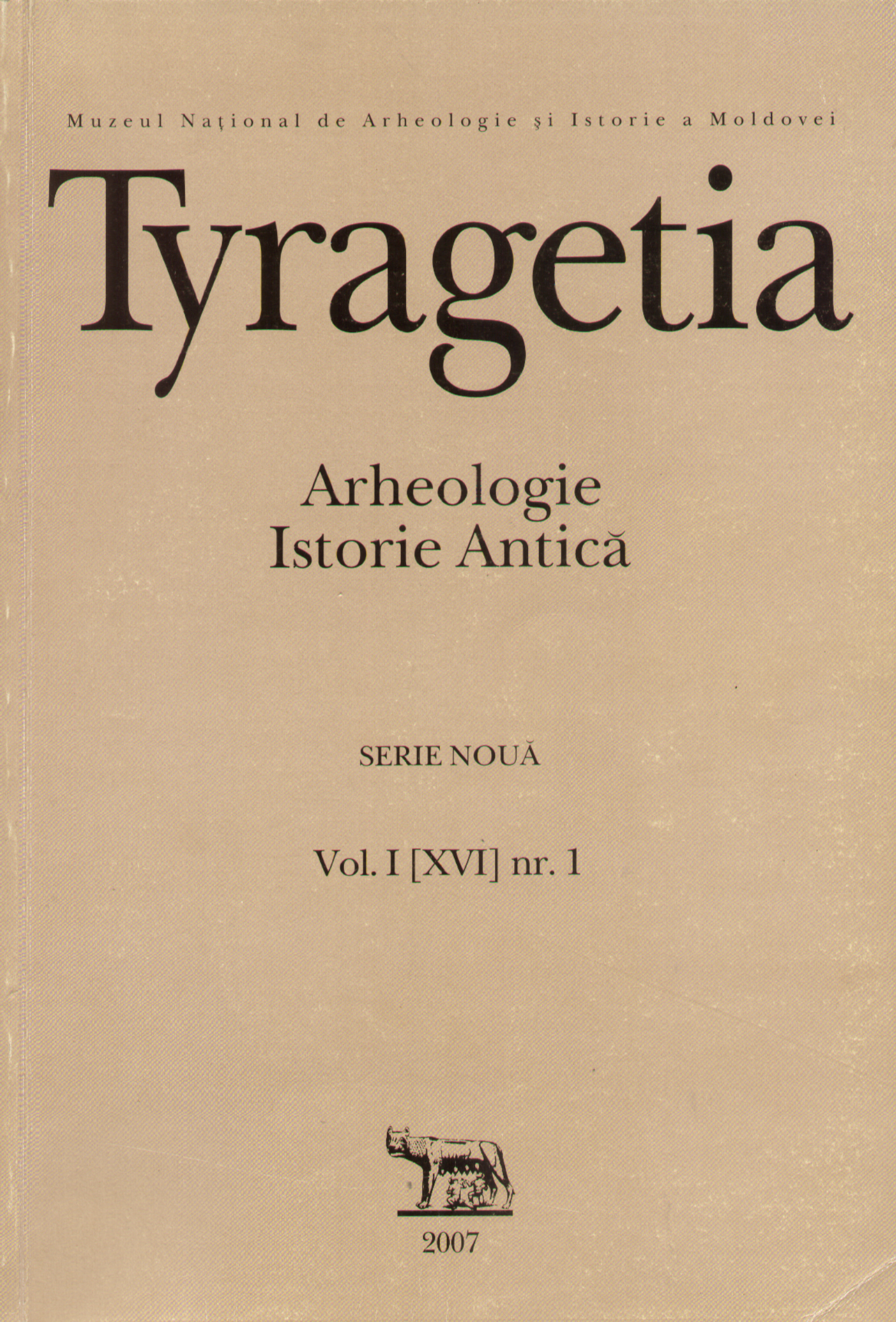Stat şi biserică în Imperiul Roman târziu: Valentinian I, Valens şi criza ariană
State and Church in the Later Roman Empire: Valentinian I, Valens and the Arian crisis
Author(s): Adrian HusarSubject(s): Ancient World
Published by: Muzeul Naţional de Istorie a Moldovei
Keywords: Late Roman Empire; church; Valentinian I; Valens; Arian crisis
Summary/Abstract: In the 4th century AD, the emperor, absolute monarch though he was, ruled by consensus, and consensus could only maintained at the price of compromise. Thus, emperors who failed to understand the principle of clemency not only violated the common code of proper conduct, they also threatened the foundations of their rule. Valentinian I and Valens were largely indifferent to the diversity of religious belief in their worlds, and both tried primarily to maintain the status quo by privileging Christianity without attacking paganism. Valens differed from his brother, primarily because of the different circumstances in which the two operated. The new strength of Christianity in the 4th century opened an alternative avenue to power through the bishops, who successfully challenged the authority of the emperor and his officials. The rise of powerful bishops also helped fractionalize the church and pulled emperors into ecclesiastical power struggles. Thus, the Homoians were the dominant church in the east when Valens attained the throne, and they gained their dominance at the expense of the Homoiousians. In upholding the council of Constantinople (360) by suppressing the Homoiousians, Valens was carrying on the task initiated by Constantius II of defending the official state church. Valens was also willing to entrust ecclesiastical affairs to a small though powerful group of Homoian clerics. Valens’s disaster at Adrianople guaranteed the victory of the Nicene faction in the long-standing battle over the person of Christ. Without the destruction of the Arian emperor Valens and without the political and military chaos that it provoked, there probably would never have been this solidarity effect under emperor Theodosius I – the solidification of a formerly divided church around the Nicaena fides. Thus, Valens helped the church become what it is, however paradoxical this may sound.
Journal: Tyragetia (Serie Nouă)
- Issue Year: I/2007
- Issue No: 1
- Page Range: 115-120
- Page Count: 6
- Language: Romanian

